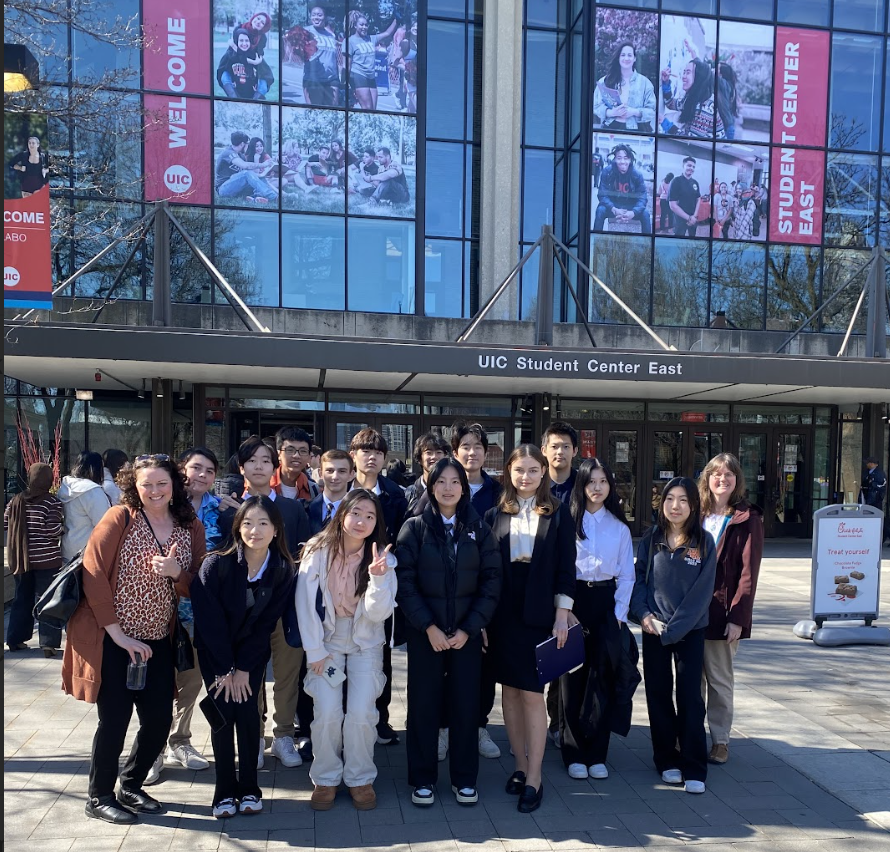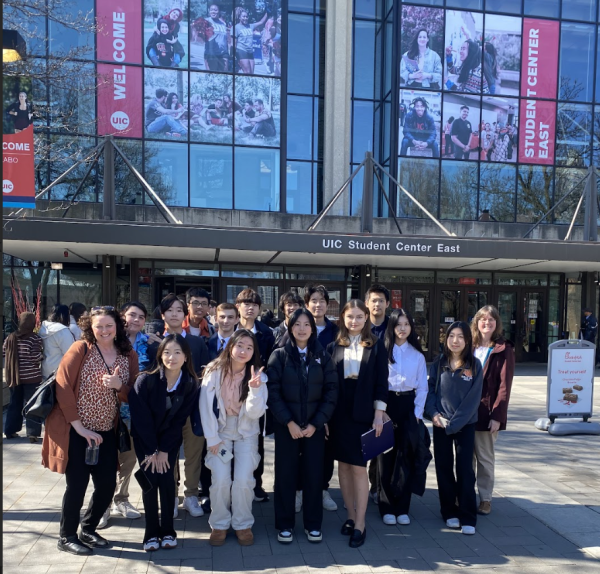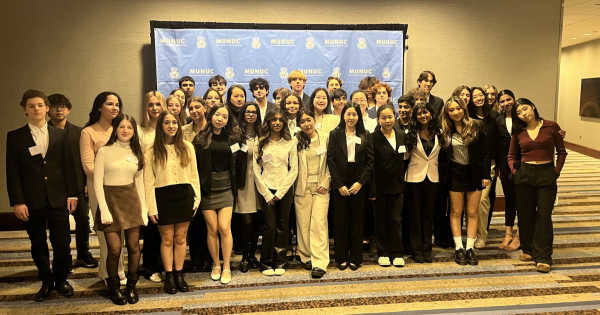Asynchronous/Virtual Classes
February 18, 2021
Though the E-Learning period may be over, the terms asynchronous and synchronous still hold value in our daily lives as we make continuous transitions from in-person to online schooling, especially given the uncertainty of weather and the Coronavirus. Synchronous means a 30-45 minute class on Zoom; whereas, asynchronous entails using those 45 minutes to complete an assignment.

Each teacher has his or her own approach to E-Learning, and each course has its own syllaabus that allows for however many asynchronous classes. LFA required only three synchronous days per cycle in each class during the E-Learning period in January. Taylor Haist, a math teacher at LFA, said that, “Deciding whether to hold synchronous vs. asynchronous classes, or whether the asynchronous class is a video lesson or a worksheet, depends on the material that we are covering and how easily it can be understood by my students.” She ensured that she had at least one asynchronous class per cycle, as she wanted to give her students a break from Zoom. “Asynchronous classes can also be beneficial to students who appreciate learning at their own pace,” Haist noted.
Olivia Poska, a Fine & Performing Arts and English teacher, mentioned that online schooling is difficult for teachers, too, and there can be anxiety in teaching virtually. “I prefer to communicate through writing and so, for asynchronous classes, I typically create an activity for students to complete independently. I usually create some kind of worksheet, questions, or other sort of prompt that students can complete,” she said.
Teachers want their students to work just as hard when they are asynchronous. Poska noted, “If you really commit to it by tuning out all other distractions, I don’t see why [asynchronous is any less productive].” Haist also added that, “As [long as] the asynchronous day is structured correctly, it can still be a productive day. I also think that as long as a student is motivated, both synchronous and asynchronous can be equally beneficial if done correctly.”
The balance that is needed for both teachers and students was always kept in mind each week when teachers created a schedule. “When students are working on a task like an essay or something that requires quiet focus, I schedule asynchronous classes. However, I always make myself available via Zoom even during asynchronous lessons,” Poska said. Both Poska and Haist feel that it is important to be available on Zoom on an asynchronous day, so that students with questions can easily access the aid they need.
“While some students prefer asynchronous classes because it gives them the freedom and flexibility to learn at their own pace, others prefer to be live in class. Striking the right balance between the two is a challenge that is still being finessed by teachers,” Haist said, as both Poska and Haist emphasize that no teacher is perfect. “Routine is helpful when home is school and vice versa. You can’t enjoy one without the other,” Poska said.












